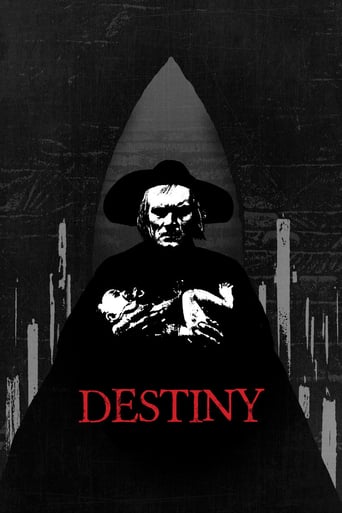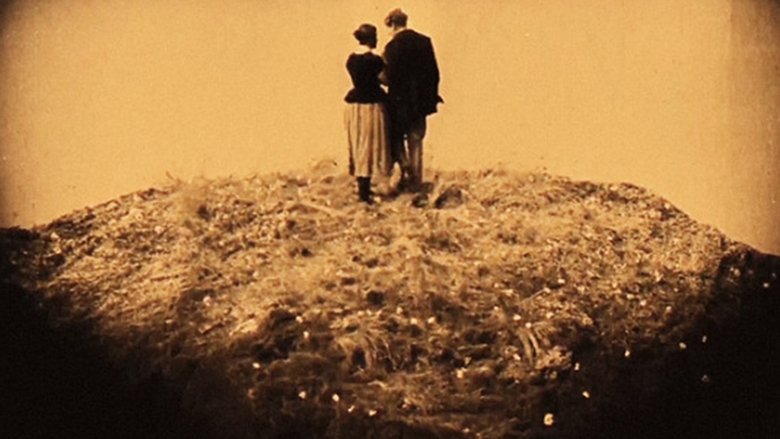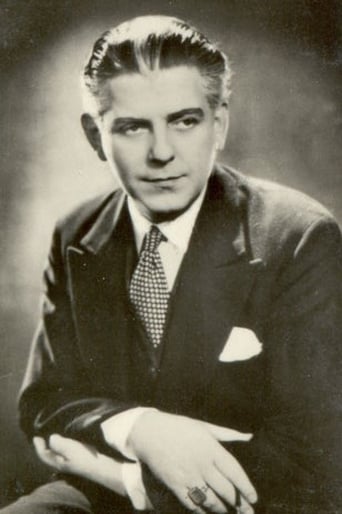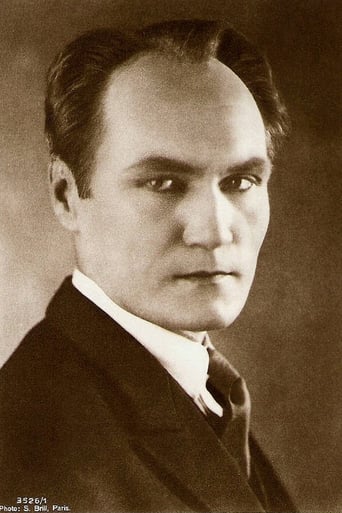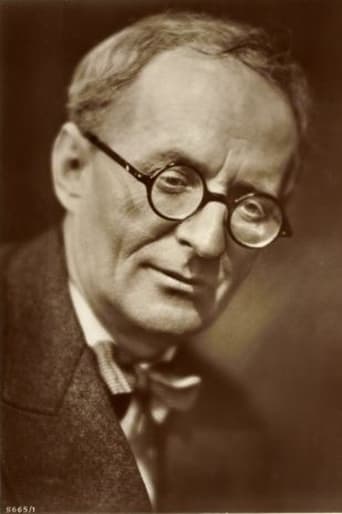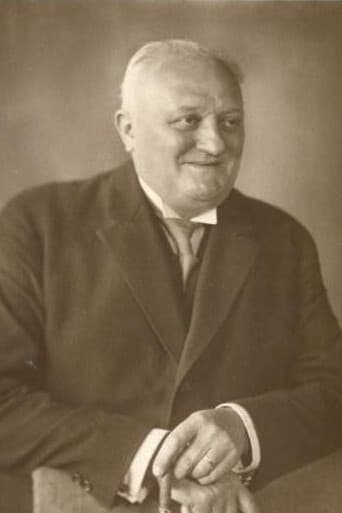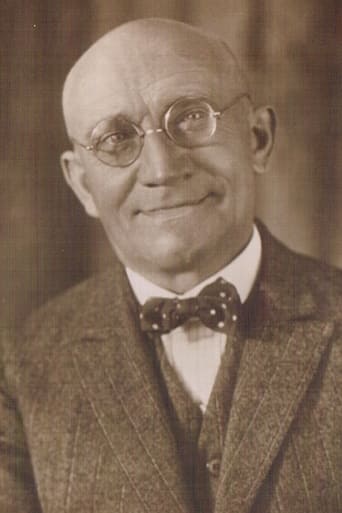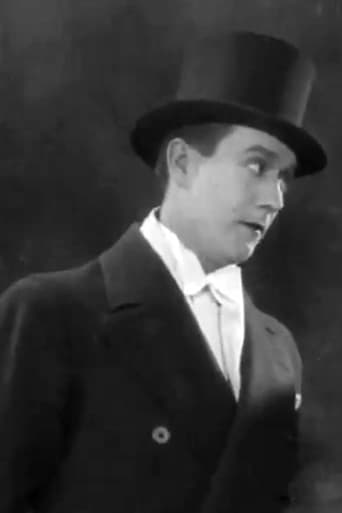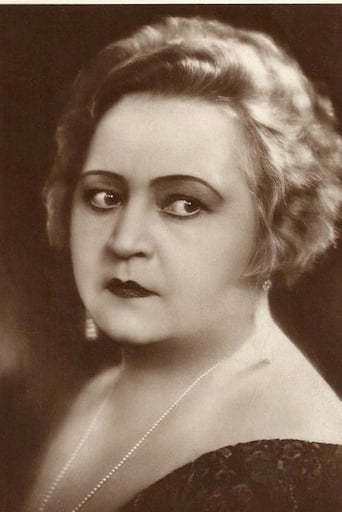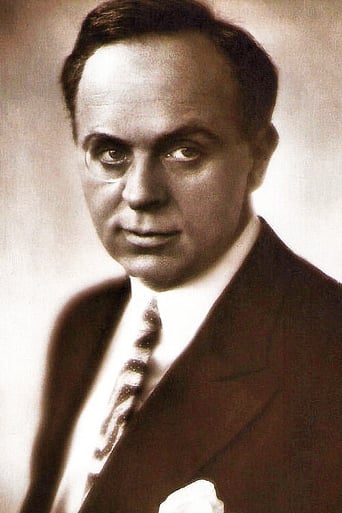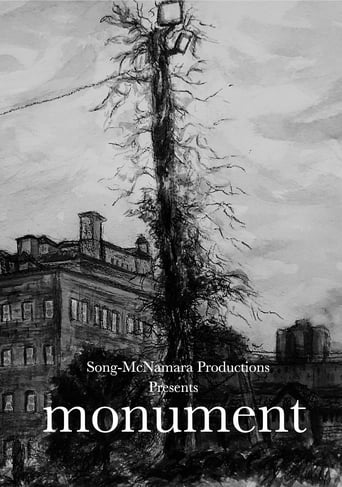As a young couple stops and rests in a small village inn, the man is abducted by Death and is sequestered behind a huge doorless, windowless wall. The woman finds a mystic entrance and is met by Death, who tells her three separate stories set in exotic locales, all involving circumstances similar to hers.


Similar titles
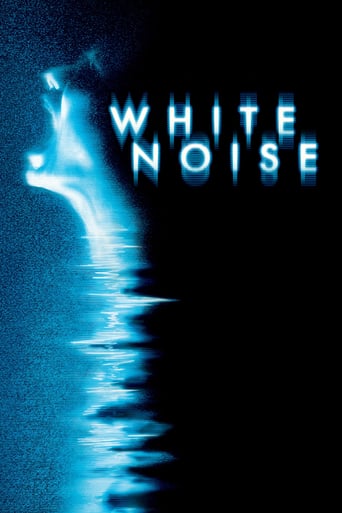
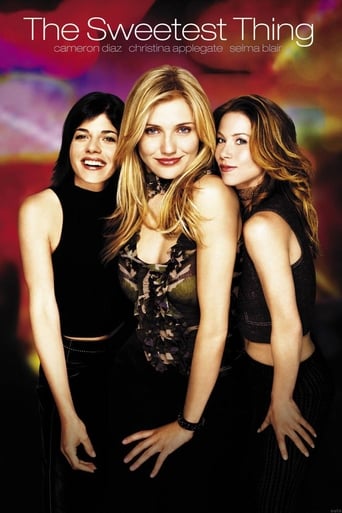

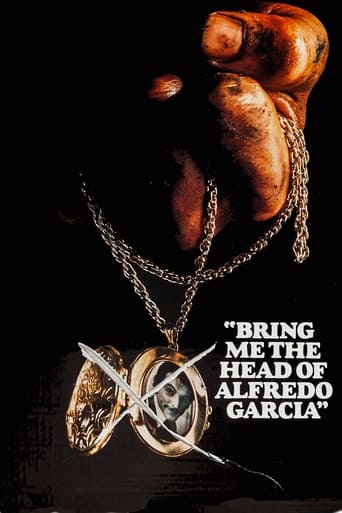
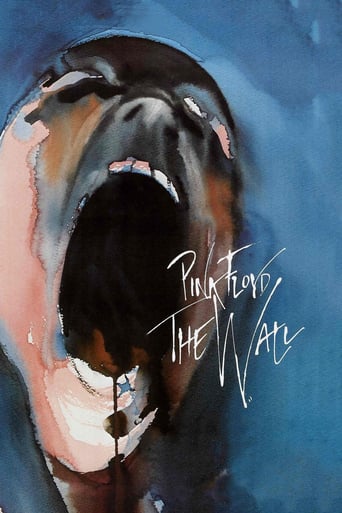
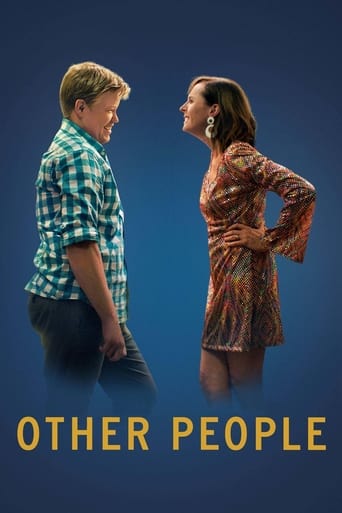

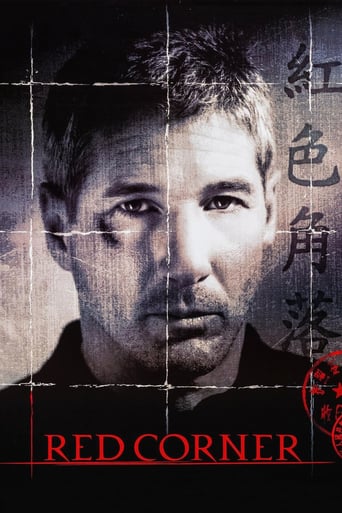
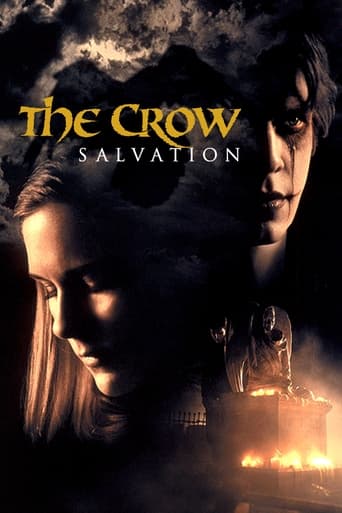
Reviews
(Flash Review)The grim reaper ain't no joke. He is a formidable foe and is hard to be sweet talked or sympathized with. The story is sparked by a woman's husband disappearing after encountering the grim reaper at an inn. Distraught, the woman later pleads with Death to give her back her husband. Not totally shot down, Death gives her a unique opportunity. What opportunity is it? Will she see her husband again in the living world as we know it? This is a well-shot and creative film that has bold effects and excellent cinematography. The opportunity will take place across the globe so there are neat cultural sets and locations. Overall, it was a clever story, not gruesome, had top notch special effects for the period and held your attention for the duration.
OK Metropolis was very impressive visually for its time. However considering story and message this movie really isn't inferior. And when we are talking about visuals and special effects this film still stands strong in my opinion. I think it's more impressive in any aspect than Nosferatu. It was nice to see the sweetheart from The Cabinet of Dr. Caligari, Lil Dagover here as the protagonist. A lady trying to save her husband from death it's definitely something different and more original than what we are used to (usually it's the man trying to save the woman). She plays her role excellent just like Bernhard Goetzke as The Death who appears mysterious and cold-hearted. However both characters become more and more sympathetic and not as selfish any more as the story advances. Midway the movie drags a bit when the girl gets 3 chances from the Death and we have 3 different stories with the protagonists from the story in different roles. Except for the second story they are enjoyable. Especially the third story is nice with the special effects. However how we get to see the interaction between the living and dead (ghosts) is really well done. I really loved the decision the girl eventually makes, deciding not to destroy someone else's life to be reunited with her beloved. Touching story with a lovely message.
This early Fritz Lang picture made quite a splash among his fellow filmmakers. Hitchcock's favourite film, catalyst for Luis Bunuel's career, inspiration for many of the devices in the Douglas Fairbanks Thief of Bagdad and even one or two ideas in Powell and Pressburger's Tales of Hoffman, Der Mude Tod certainly has a lot to answer for.This was also Lang's first collaboration with wife-to-be Thea von Harbou. The influence of a more talented screenwriter is clear, as this boasts a far stronger narrative than his earlier Spiders pictures, which he penned himself. The main storyline was famously inspired by a dream that Lang once had. I've lost track of the number of times I've woken up from a dream, thinking it was a fantastic idea for a screenplay, only to realise once I was properly awake it was unworkable. Lang and Harbou have done a good job then of weaving a fairly coherent story out of what is after all the product of someone's unconscious mind. And yet there are a number of weaknesses to it. For example, why is it necessary to introduce us individually to all the town's notaries, when their identities are of so little importance to the plot? This is at the expense of the principle characters, none of whom is fully rounded.However, while Lang often failed to balance out a story, he had a real sense of structure when it came imagery and tone. Here was a director who truly thought in images and not words. If you look at Lang's greatest silent pictures, especially Metropolis, they are structured – often literally – like works of classical music, with calm passages giving way to more dynamic movements. You can see the beginnings of that trend here – the framing story in the German town is slow and appropriately dreamlike in its imagery. Then there is a sudden contrast with the burst of action that opens the story of the first light, and this frantic pace is kept up throughout the first and second stories. For this reason the third story, for all its special effects, is the weakest for me because it loses the pace of the first two and is the least tight in its construction.The individual image was also highly important to Lang. Whereas his contemporaries in German cinema were doing everything with shadows and superimpositions, Lang often achieves greater effect with his manipulation of space. He had already experimented with scenery and space in his earliest films, but by now a very definite approach is beginning to emerge. Lang often likes show us a scene from two opposing camera angles, showing us the completeness of a set and making it feel real to the audience. He is not afraid to break the line of action – switching the camera from one side of the actors to the other - generally a directorial no-no, but to be honest it only causes confusion when everything is shown in close-ups and the space where the action takes place is not well defined. In Der Mude Tod, as with many of Lang's films, every shot seems calculated to suggest enclosure and entrapment – very apt for the theme of inescapable fate. On small sets, rear walls are often at 45-degree angles to the camera, so they appear to hem in the actors, while on the larger sets the sheer cavernous size of the room makes the actors appear tiny. Even in the outdoor scenes the action is often framed by an overhanging tree.In spite of his constant attention to the architecture, Lang is now paying a bit more attention to his actors. The performances are comparatively restrained for a German silent film, with Lil Dagover resisting the temptation to slip into melodrama, and the always watchable Rudolph Klein-Rogge in the most normal, human role I have ever seen him in.In Der Mude Tod, we see the first flourishing of Fritz Lang's genius. He is just a few films away from perfecting his technique. Still, the picture suffers somewhat from the same problem as many "effects movies", in that it is an impressive show without enough substance to back it up – in this case the main defect is a lack of well-defined characters.
Der Mude Tod (the German title is infinitely better than the generic Destiny) consists of three short stories and a bigger overarching one that bookends the film. The first title card reading "Some time at some place" sets the tone somewhere between myth and fantasy and the iconic appearance of a grim, black-clad Death only confirms that. When he claims the life of a young girl's lover, she travels to his lair to plead for him. His lair, a patch of land near a graveyard hidden from a titanic wall, is like a garden of death and when a huge door opens in the previously impenetrable wall the stairs mysteriously lead upwards.Even if Fritz Lang places his Hades up, the concept of a lover pleading to Death for the life of her beloved one is Orphic through and through. Death challenges the girl, each challenge being one of the three stories. All of them are tragic tales of unrequisite love and succeed even as they retread (by now) familiar ground. The second story's ironic finale is a treat even if the logic behind it is a bit shoddy.What really makes Der Mude Tod such a fascinating piece of silent cinema is the finale. Death gives a final chance for the girl to reclaim her lover - to bring him another soul in exchange before midnight. It is then through the small encounters the desperate girl has with an old pharmacist, a mangy beggar and two nagging old nurses that the movie offers those little pieces of insight into human nature that make every great film worth watching. The moral of the case here is that no matter how old, poor, ill and down-trodden one is, life is too precious to give away. A more melodramatic director would just have someone graciously offer the girl his life. Lang instead offers us the understanding that "life is like this!".Der Mude Tod would have been good enough as it is but it's also a treat to look at. The sets and costumes are all quality work, expressionistic enough to be felt but not exaggerated to the point of distracting from the story. Suffice to say this is really a must-see for fans of silent cinema.
